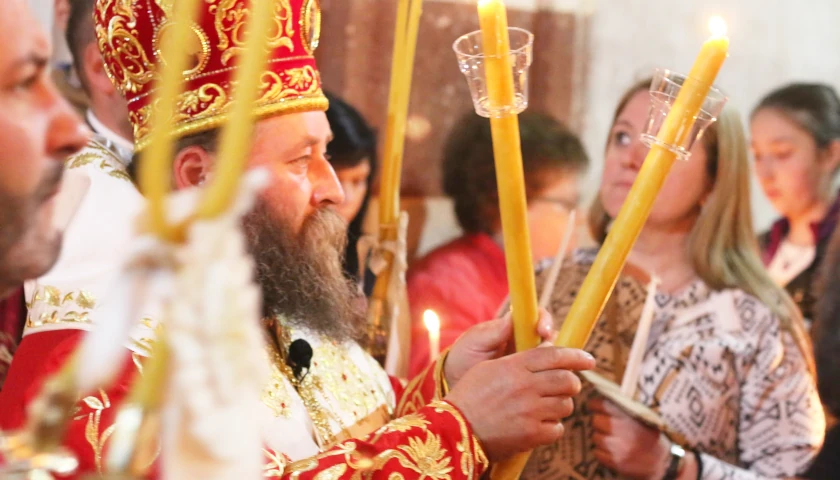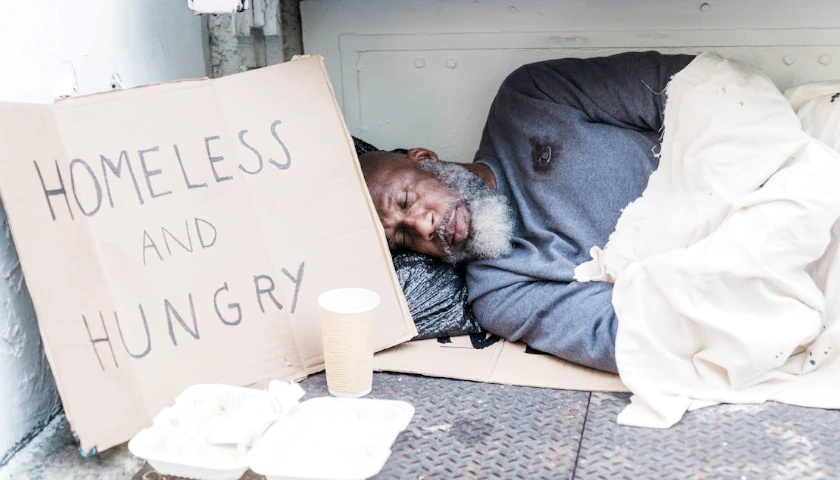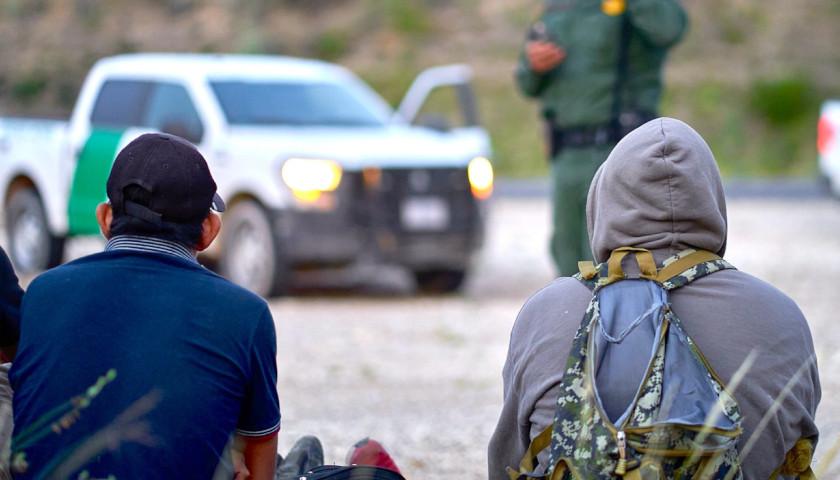by Steven Greenhut
As a journalist, it’s easy to turn around copy on any of the public policy and political debates of the day, but I struggle to write about religious issues in a meaningful way. My American Spectator columns detail the usual insanity in the California Capitol and Washington, DC, but what can I say about matters of faith, where my usual tool — reason — isn’t entirely useful?
I grew up Jewish, the son of a Nazi Holocaust survivor. Our religion was important, but I was raised in a secular home where religious observance didn’t reflect any deep expression of faith. That led me on a journey to try to make sense of this inexplicable world.
I became a Christian thanks to the patient evangelism of some friends in a college fellowship. My wife, Donna, still finds it a bit funny that the person who played the most significant role in this East Coast Jewish kid’s conversion was a traveling pastor from rural Kentucky. God does indeed work in mysterious ways. Donna, who grew up Catholic, and I eventually were married in the Episcopal Church and then attended various denominations as we embarked on our careers and started a family.
Nearly thirty years ago, we found ourselves living in a small city in Ohio where I worked as the editorial page editor of a daily newspaper. We bopped from church to church and found the experience depressing. After attending a service that combined smarmy music with altar calls, I had finally had enough. I thought that there must be an alternative to emotional nondenominational services and atrophied mainstream congregations. I was a political writer, but I was tired of politics in the church.
At that time, a former Baptist minister showed up in town to start an Eastern Orthodox mission. I attended with a good friend who was also the newspaper’s religion editor. We read everything we could about Orthodoxy, which I had previously chalked up as the province of immigrants from Eastern Europe and Greece. I dragged along my wife, who at first came kicking and screaming. We hosted the fledgling mission in our living room and became members. My kids have been raised Orthodox.
Recent news reports point to growth in Orthodox churches in the United States as people with no related ethnic affiliation or Orthodox background have flocked to join. A Wall Street Journal article reported last year that “[s]ome [Orthodox] pastors across the country report growth of their flocks by 15% or more in a single year owing to conversions, defying an overall trend of decline similar to that in other denominations.”
The article added that the COVID-19 pandemic, “with all its social and economic disruption,” played a strong role in “usher[ing] in newcomers” who were “drawn by the ancient faith’s traditional teachings and the beauty of its worship, which prominently features the veneration of icons.” Many of the new converts, it further reported, are conservative young men.
Actually, the church’s growth in America goes back to the mid-1980s, around a decade before my wife and I joined. Metropolitan Philip Saliba, a leader of the Antiochian Orthodox Church in America (based in the Middle East), “made the controversial decision in the mid-1980s to embrace waves of evangelical converts (I am one of them),” wrote Terry Mattingly in his Eastern Christian Insights blog in 2014 after the metropolitan’s death. He reported that the number of Antiochian parishes subsequently increased from 66 to 275.
American Orthodox Church leaders finally began to treat the church as one that has a vital mission in America and doesn’t merely provide (important as it may be) a place for religious observance for immigrant communities and their descendants. The church I attend in Sacramento was originally composed of converts. The one I attended in Southern California always made clear that it was a pan-Orthodox church, meaning it was welcoming to everyone, regardless of their ethnic background.
There is sometimes a tension between those two groups. However, in well-received remarks delivered at a Greek Orthodox event in New York in 2004, Metropolitan Philip said: “I told them that if I could sum up this new [church] constitution, I would begin with the words, ‘We the people.’ We cannot ignore this truth — Americans are infested with freedom. We cannot ignore that our churches are in America and we are here to stay.”
What can Orthodoxy bring to Americans?
I was initially drawn to the beauty of its liturgies and icons and its embrace of church history. I learned to appreciate the long and grueling schedule of observances and fasts. I joke that at each service we have a service, the service before the service, the service after the service, and then the service after the service after the service. It takes conditioning to attend Pascha (Easter) liturgy at 11 p.m. and finish at 2 a.m. — and then break the weeks-long fast with fellow parishioners. But it’s wonderful.
Beyond these observations, Orthodoxy has a network of monasteries; an emphasis on prayer, contemplation, and repentance; and a focus on the lives of the saints and on the next world. It attempts to provide a respite from the fixations of the day. It offers theological differences (you can read about those on your own), but it mostly offers an otherworldly outlook — one that is comfortable with the profound mysteries of our world and doesn’t try to systematize and explain everything.
As the fifth-century bishop Saint John Chrysostom wrote: “I know that God is everywhere, and I know that he is everywhere in his whole being. But I do not know how he is everywhere.… My reason fails to grasp how it is possible for an essence to exist when that essence has received its existence neither from itself nor from another.”
So, as Metropolitan Philip explained, Americans bring an important perspective to the table, but I believe Orthodoxy is growing in our country because it brings something Americans need.
– – –
Steven Greenhut is a senior fellow and Western region director for the R Street Institute. Write to him at [email protected]. His political views are his own.





